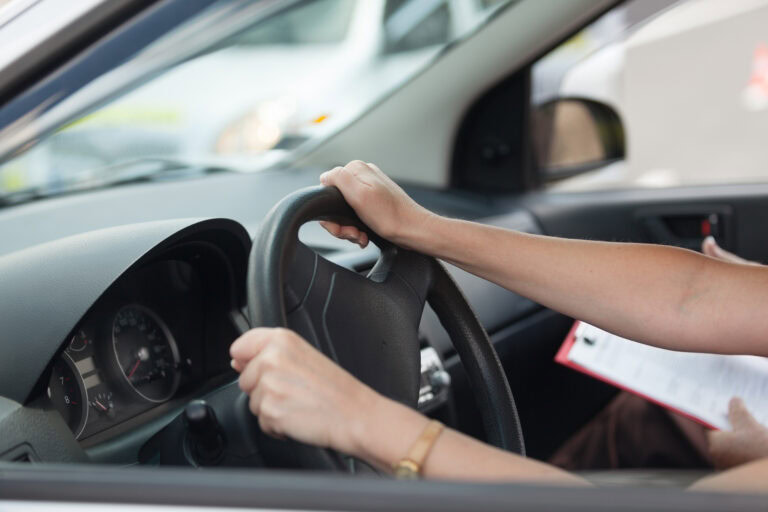Detecting physical abuse: differentiating between accidental and intentional harm
In recent times there has been much focus on sexual abuse and sexual exploitation of children, with talk of various methods being implemented to tackle this growing problem. Whilst this is the right strategy moving forward, particularly as the growth of internet use brings new and sophisticated criminal methods to light, we must not lose sight of the more obvious form of abuse which continues to present a threat to the lives of thousands of children each day – physical abuse.
Extent of physical abuse
According to figures published by the NSPCC, over 6,600 children were identified as needing protection from physical abuse last year. Physical abuse is a major cause of deaths in children aged up to four years old, primarily because it is not always possible to distinguish between those injuries which were inflicted on a child and those which were caused accidently. There have been a number of shocking cases which have highlighted this very point:
- in 2007 Baby P died, aged 17 months, after suffering more than 50 injuries over an eight-month period;
- in 2011 Keanu Williams, a two year old boy, died following 37 injuries including a fractured skull and torn abdomen; and
- in 2012 Daniel Pelka, aged four, died of a head injury after having previously been seen for a head wound in 2008 and a fractured arm in 2011.
The common factor in all these cases was that the explanation for the injuries provided by the perpetrators of the abuse was accepted by the agencies involved as “plausible”. I have seen this first hand in cases involving social services where physical abuse was undetected for a long period because every time an injury occurred, it was explained by the perpetrator to be the result of a fall or a ‘play fight’ and it was noted by social workers that the injury was consistent with the explanation given and no further action was taken.
Childhood is clearly a time where accidental injuries can occur quite easily and therefore the ability to detect injuries, caused as a result of physical abuse, at the earliest stage can be critical in preventing further abuse and even death.
A new system to detect signs of physical abuse
In light of the above, I was most intrigued to discover recently that scientists in the USA are currently conducting clinical studies to distinguish between bruising and soft tissue injuries caused as a result of an accident and as a result of abuse. Bruising can be an early indicator of abuse but it is often ignored in the assessment of a child’s injuries because of its clinical insignificance and because it is the common result of an accidental fall.
The research team has developed a force sensing skin that can be adapted to a child surrogate to identify potential bruising locations of accidents and abusive events. Child surrogates have routinely been used to determine the risk of injuries to the head, chest and femurs of children in the event of a motor vehicle accident but no studies have focused on injuries to the skin or soft tissues as these are not deemed to be life threatening.
The system includes the ability to display a body image mapping contact to the child surrogate along with the magnitude of the force of each impact. It records the data, the potential areas of bruising which are caused either by abuse or by accident and will ultimately help detect what type of bruising comes from which type of injury.
Future implications
Once developed, this system can possibly be extended to detect abuse in the elderly too, particularly those in care homes. Furthermore, the objectivity of the data would mean that it can be presented as evidence in the criminal courts to secure a conviction against the perpetrator.
Having acted for a number of clients who have been the victims of physical abuse, I know how long lasting the effects can be. The number of opportunities missed by professionals to recognise the signs of physical abuse only adds to their anguish. Therefore, although this study is in its early stages, I am excited by the potential it has in detecting and preventing physical abuse.
If you think you may have a claim, please do not hesitate to contact our dedicated team for a free, confidential and no obligation discussion on 020 7288 4800. Alternatively, you can complete this form and one of the solicitors in the Child Abuse team will get back to you.










